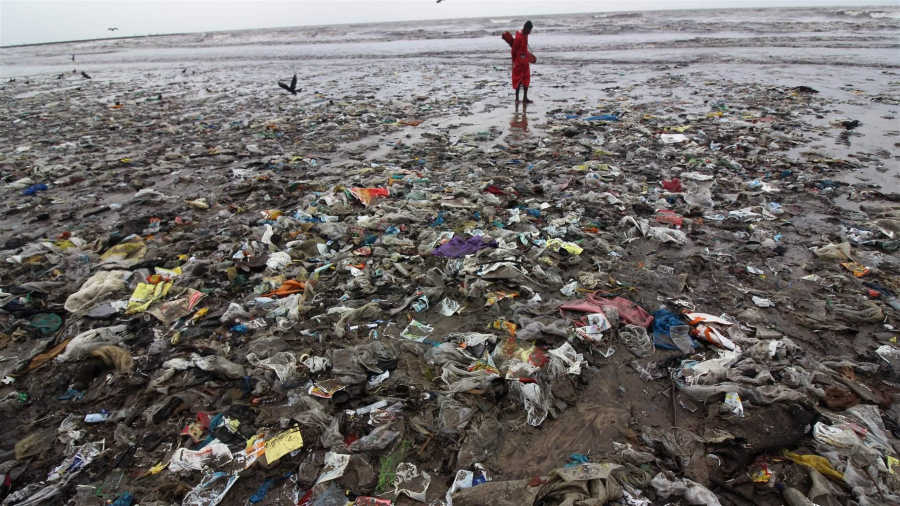
Every second, 100 tonnes of waste from billions produced each year ends up at sea, a large part of which is made of plastic.
Some people call this the seventh continent, what a shame! Floating debris and or microparticles, this plastic waste is deposited on the beaches, dispersed at sea, found on the seabed. What effects do they have on humans and their environment?
Dispersal of this wasted plastic at sea has become a global problem for everyone. While polyvinyl chloride has a higher density than seawater and sinks immediately, the low density polyethylene microdebris remains on the surface.
It is estimated that 30 to 40,000 tonnes of microplastics float on the oceans and can travel long distances, sometimes thousands of kilometers from one continent to another, depending on currents, winds and tides.
A study carried out in 2014 estimated that, in total the entire pollution of the surface of the oceans is estimated at 5.250 billion particles, or 269,000 tonnes of plastics. It revealed that plastics and microplastics were present throughout the global ocean, anywhere and at any depth or any latitude.
Microplastics
In the early 2000s, alerts were launched by Greenpeace and other environmental organizations after the discovery of areas of accumulation of floating plastic waste, what some call the seventh continent.
For some experts, it is an abuse of language. The North Atlantic area, best known to scientists, reports only 1,100 tonnes of microplastics. In the North Pacific, the presence of microplastics is estimated at a few cm2 per hectare.
Plastic accumulation areas in the Mediterranean
There are however areas of accumulation, as in the Mediterranean, an area more exposed to marine litter due to its weak currents and tides, and significant urbanization and tourism.
Plastics there represent 70 to 80% of the waste observed on the coast, on the surface and on the seabed, with notable differences according to the zones: in certain gulfs of North Africa for example, fishermen manage to fish 50% waste and 50% fish! A clean sea, is it mission impossible? Maybe! People need to understand about litter at sea, and they may pollute less, while in the Gulf of Lion, they note a drop of 20 %.
In reality no study is currently complete enough to give answers on the global quantities of microplastics floating at sea in the world or of macro-waste on beaches or the seabed.
The densities on the bottom vary from 0 to 150,000 objects per km2 and the densities of microplastics vary on the surface from 0 to 900,000 objects per km2. The in situ degradation rates, estimated in the laboratory, are also poorly known.
And there is still a lot to discover on the accumulation of waste in abyssal pits where their degradation time is all the longer as there is a lack of light and oxygen.
it is sad to see how human development has led to such degradation of our seas, which after all are the cradle of life. We must stop this growth of plastic pollution before it is too late and the damage created by all this waste becomes irreversible.